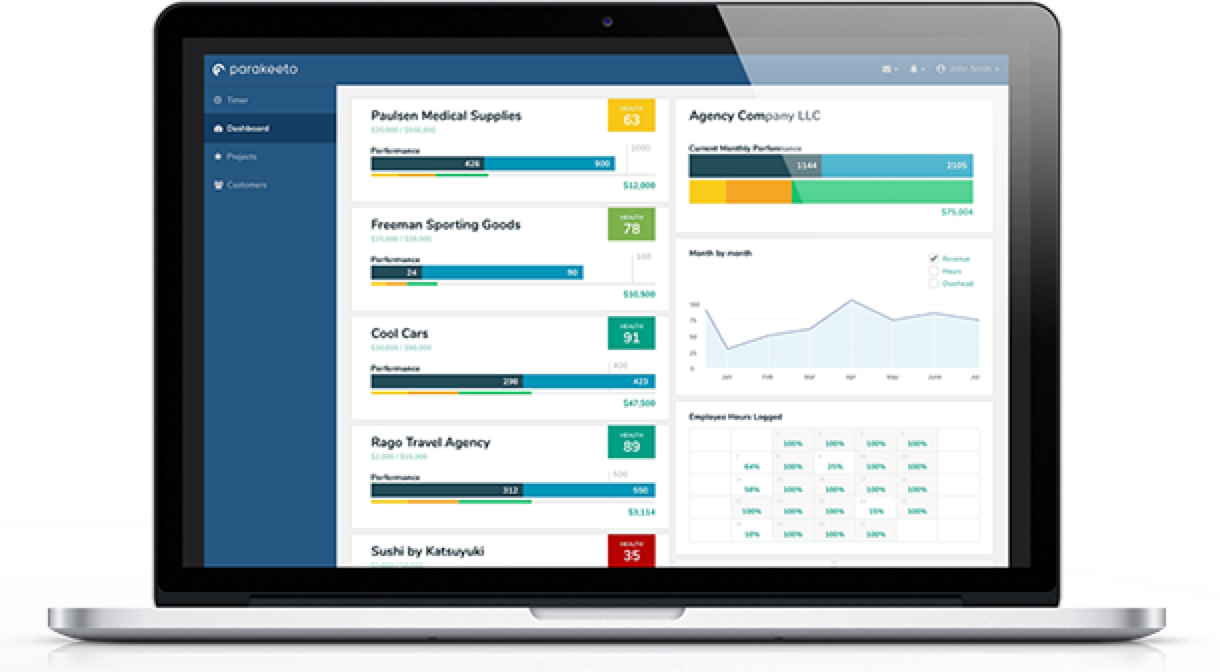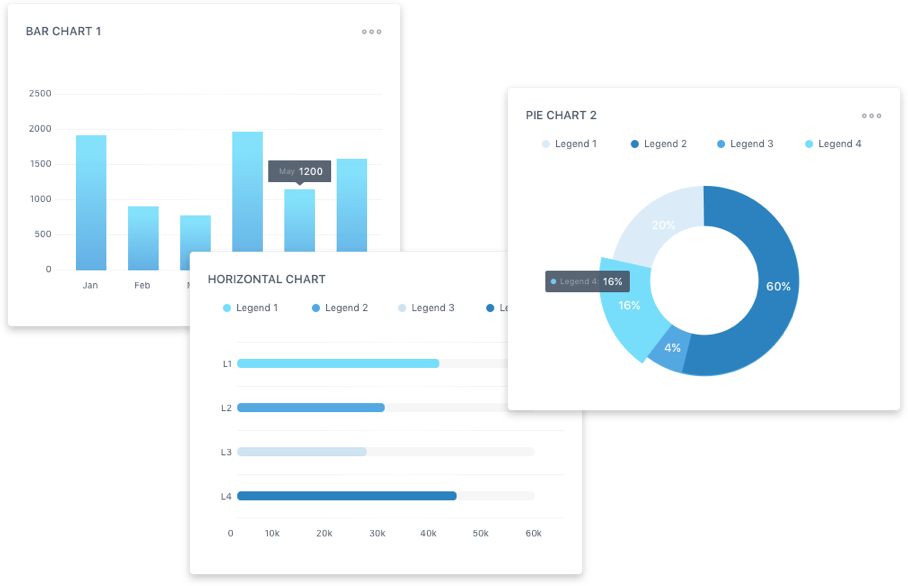Unlock Financial Mastery for Your Business
Read our comprehensive guide to learn how professional bookkeeping and expert financial management can help your business.
Access to Top-Tier CFO Services for Small Businesses
Gain strategic financial insights from top-tier CFOs to drive your business growth.

'The strategic guidance from our CFO consultant has been a game changer.'
Streamlined Bookkeeping in Northern BC
Our streamlined bookkeeping services ensure accurate financial records, enabling better decision-making for small to medium business owners.

'Since partnering with Canada Cloud Accounting, our financial processes have never been smoother.'
Services
About
At Canada Cloud Accounting, we dedicate ourselves to enhancing small to medium businesses' financial health and operational efficiency.
Blog
One of the most daunting challenges faced by SMEs is the efficient management of their financial operations. From bookkeeping to payroll,...
Cloud-Based Accounting Firm offering Bookkeeping, Financial Advisory, Strategic Planning, Payroll Management, CFO services, and more to clients across Vanderhoof, Prince George, Vancouver, and the surrounding Northern British Columbia areas.















